CLIMATE COCKTAIL:
The Veliger
Ocean Acidification

BARTENDER NOTES
The Veliger is a cocktail that delivers just the right amount of acid, in homage to its namesake, the baby oyster, and its battle to survive. Crafted to match the sublime flavors of sweet brine, cucumber and honeydew melon of Pacific oysters, the Veliger delivers salt air dancing around a dry, crisp core. This is a cocktail designed to pair perfectly with fresh oysters.
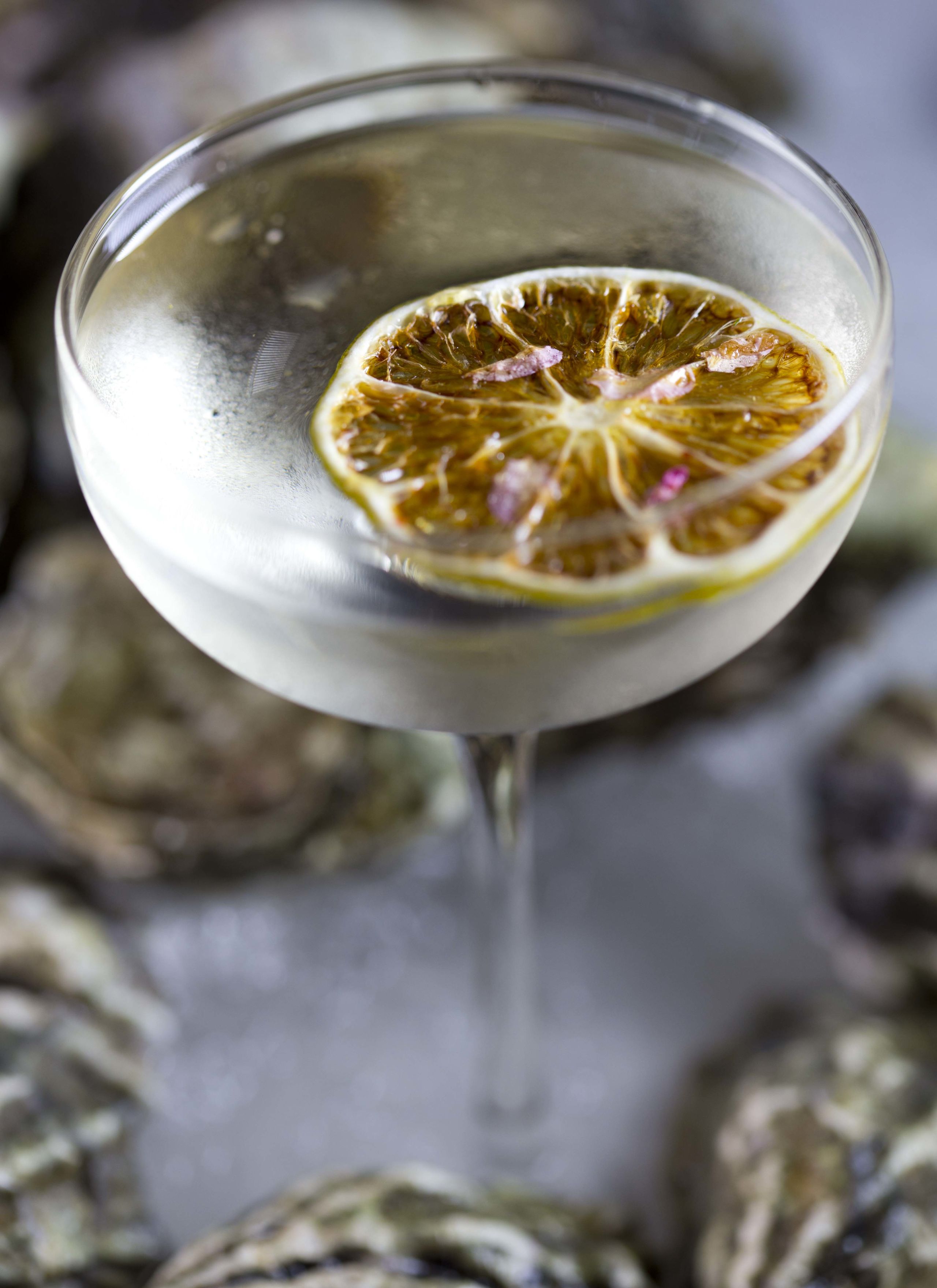
OCEAN ACIDIFICATION
Most of us don’t think about the chemistry at work in a great-tasting cocktail, we trust the bartender to get things just right. But the chemistry of our oceans should get our full attention because it's gotten way out of balance, which threatens marine critters big and small that we love, and depend on.
Our world’s oceans are giant carbon sinks. They soak up more CO2 from the atmosphere than they release, but they can't suck up an infinite amount, and the equilibrium atmosphere to ocean -- is getting increasingly out of whack, hence -- ocean acidification.
The Acid Ocean by GG Films with Dr. Steve Palumbi.
The Acid Ocean by GG Films with Dr. Steve Palumbi.
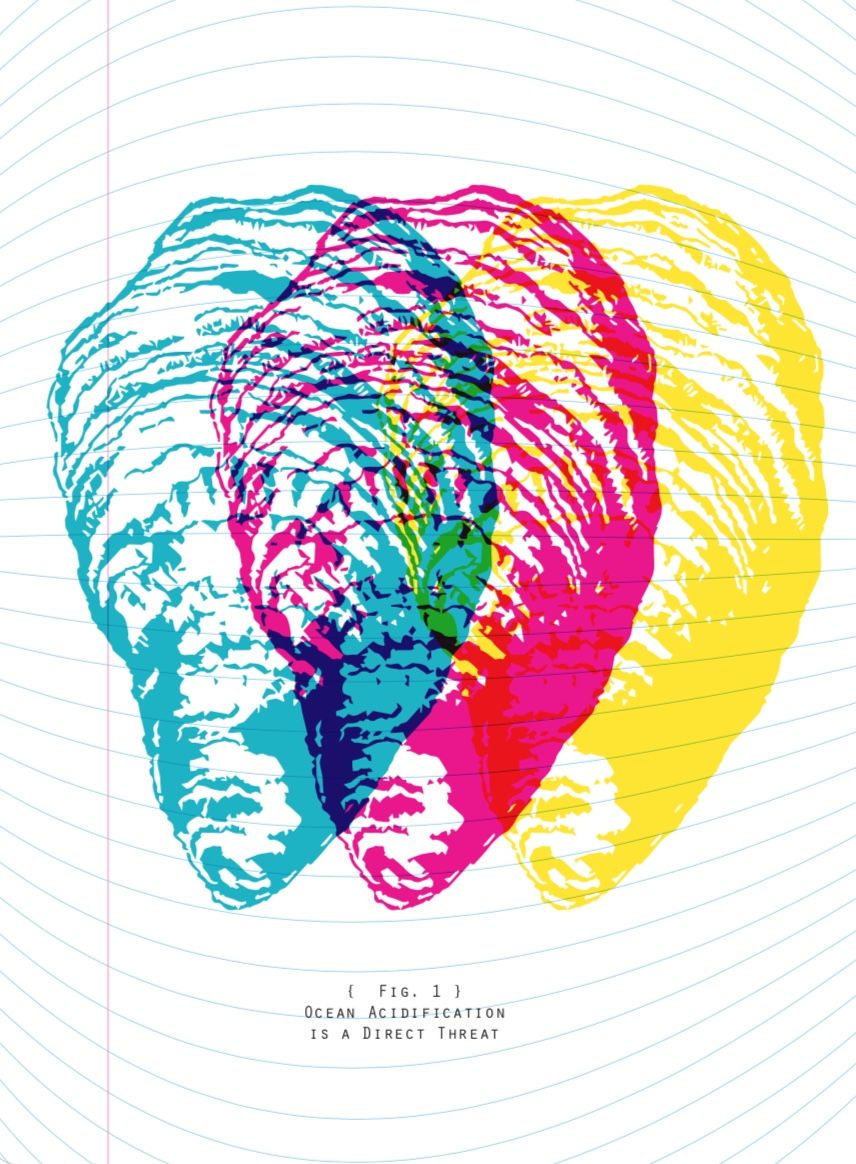
Baby Oysters Up Close
Baby Oysters develop in the open ocean as tiny winged shells called veligers. They make their shells fast and cheap, using a type of calcium carbonate called aragonite that easily dissolves. If they survive, veliger shells become the adult oyster's inner shells once they metamorphize.
When seawater becomes more acidic from too much C02, its carbonate chemistry fluctuates and makes veliger shells even more prone to dissolve.
On the U.S. west coast and around the world, ocean acidification storms are caused by poor water quality, increasing acidity so much that veligers and other critters cannot develop properly. These tiny creatures are the bottleneck for the entire west coast oyster farming industry, so ocean acidification is a direct threat. Other mollusks, and in fact all ocean animals with shells, are similarly impaired by acidification all over the world.
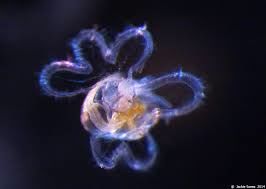
A veliger, the larvae state of an oyster
A veliger, the larvae state of an oyster
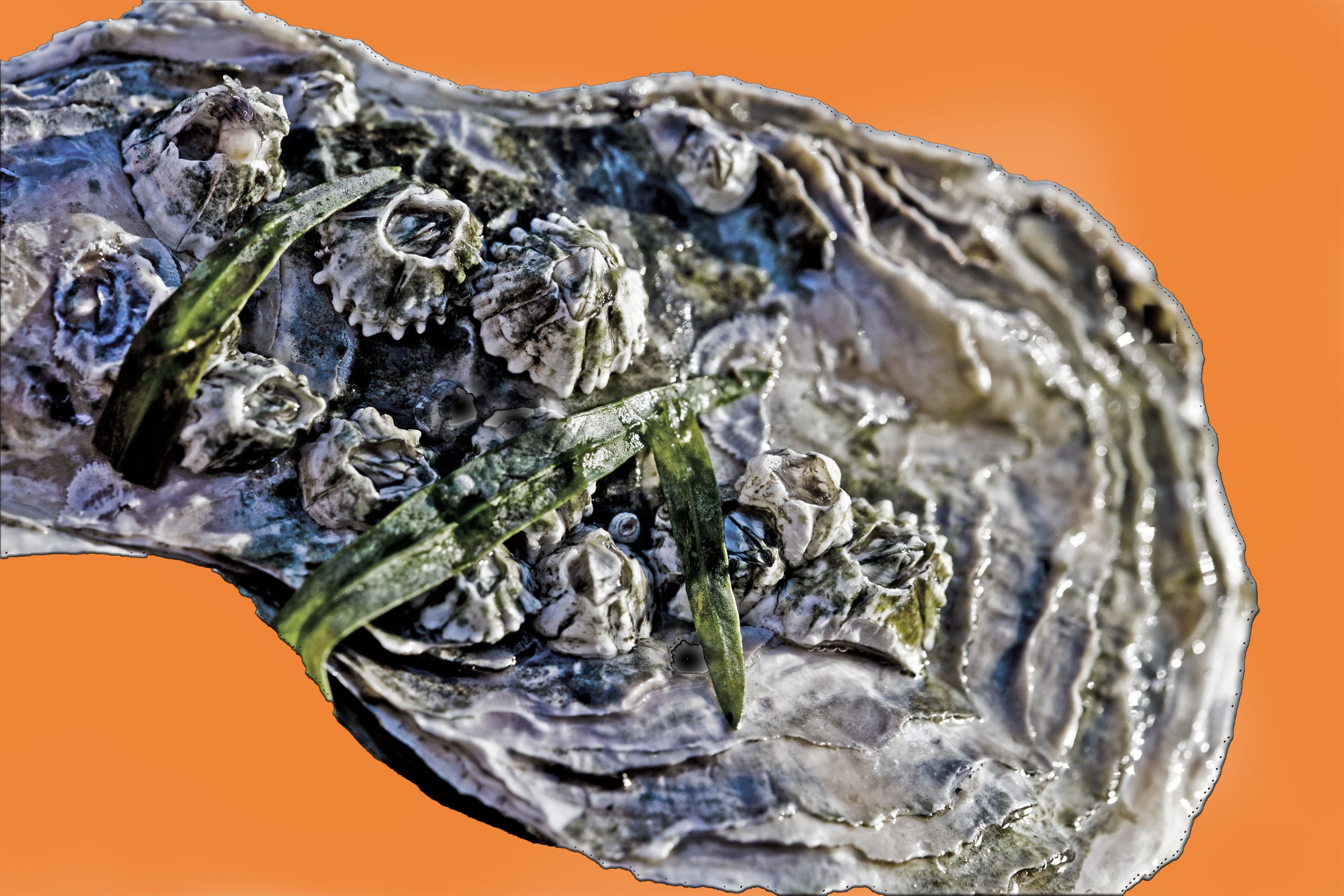
Oyster with barnacles
Oyster with barnacles
What does pH mean?
How is acid measured in our cocktails, ocean waters and other liquids? The pH scale is a tool that rates liquids from 0 to 14 on their relative acidic or alkaline properties. Put simply, the “H” means hydrogen and the “p” is a formula that measures the concentration of hydrogen ions.
A rating of 0 is the most acidic (think battery acid)
A rating of 7 is neutral (like tap water)
And a rating of 14 is the most alkaline (such as drain cleaner)
Each number on the pH scale has a factor of TEN times that of its neighbor. It seems backwards, but the lower the pH number, the higher the acidity. An acid rating of 4 is ten times more acidic than a liquid with a pH of 5 and 100 times more acidic than a pH of 6!
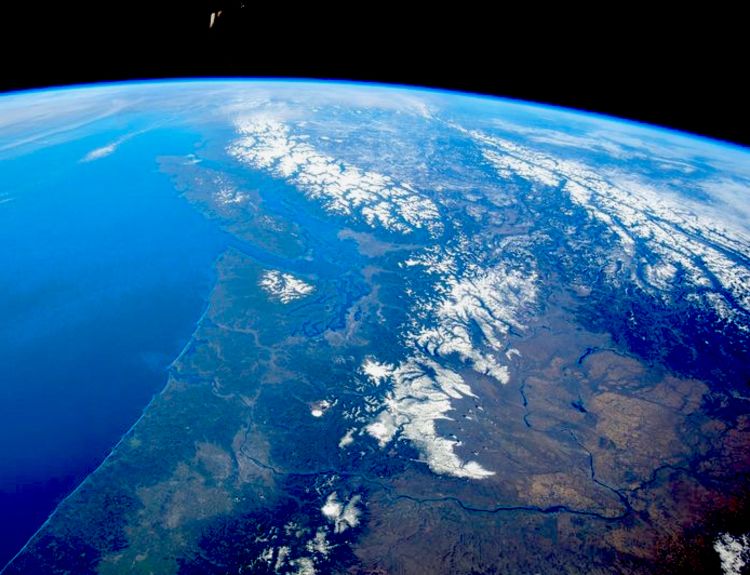
Common liquids and their pH levels:
Acidic (pH 0–7)
0 Battery acid*
1 Gastric acid*
2 Lemon, lime, cranberry juice, vinegar
3 Carbonated drinks, orange, apple and grapefruit juice, most wines
4 Beer, tomato and pickle juice
5 Black coffee
6 Milk, spirits
Neutral (pH around 7)
7 Pure water
Alkaline (pH 7–10)
8 Sea water*
9 Baking soda
10 Milk of Magnesia
11 Ammonia*
12 Soapy water*, washing detergent*
13 Bleach*
* We can’t believe we have to say this, but our editor was insistent: Do not put any of the starred items in your drink or anyone else’s drink. Ever! The other stuff on the list is okay to drink.
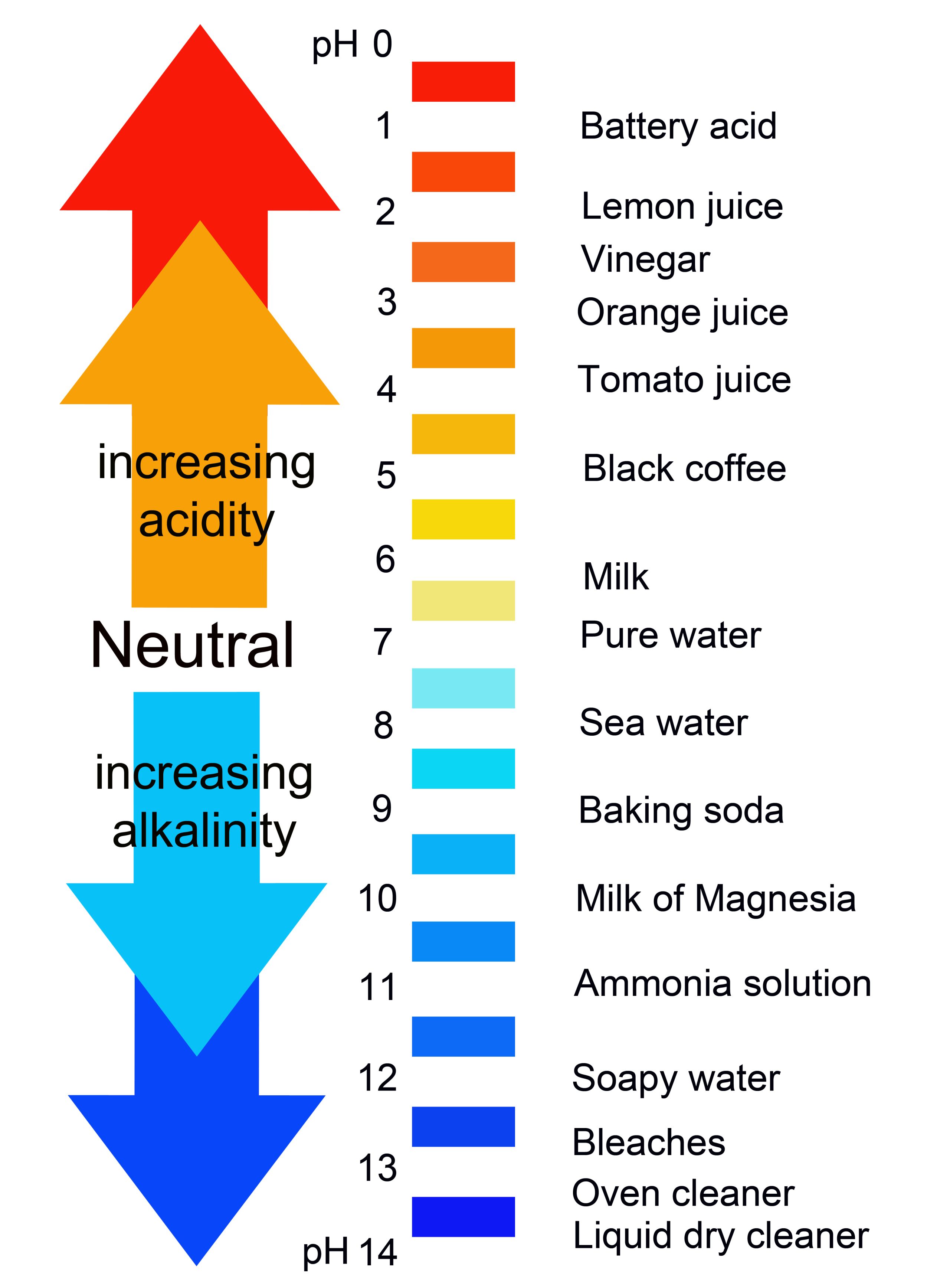
Seagrass and Kelp
to the Rescue?
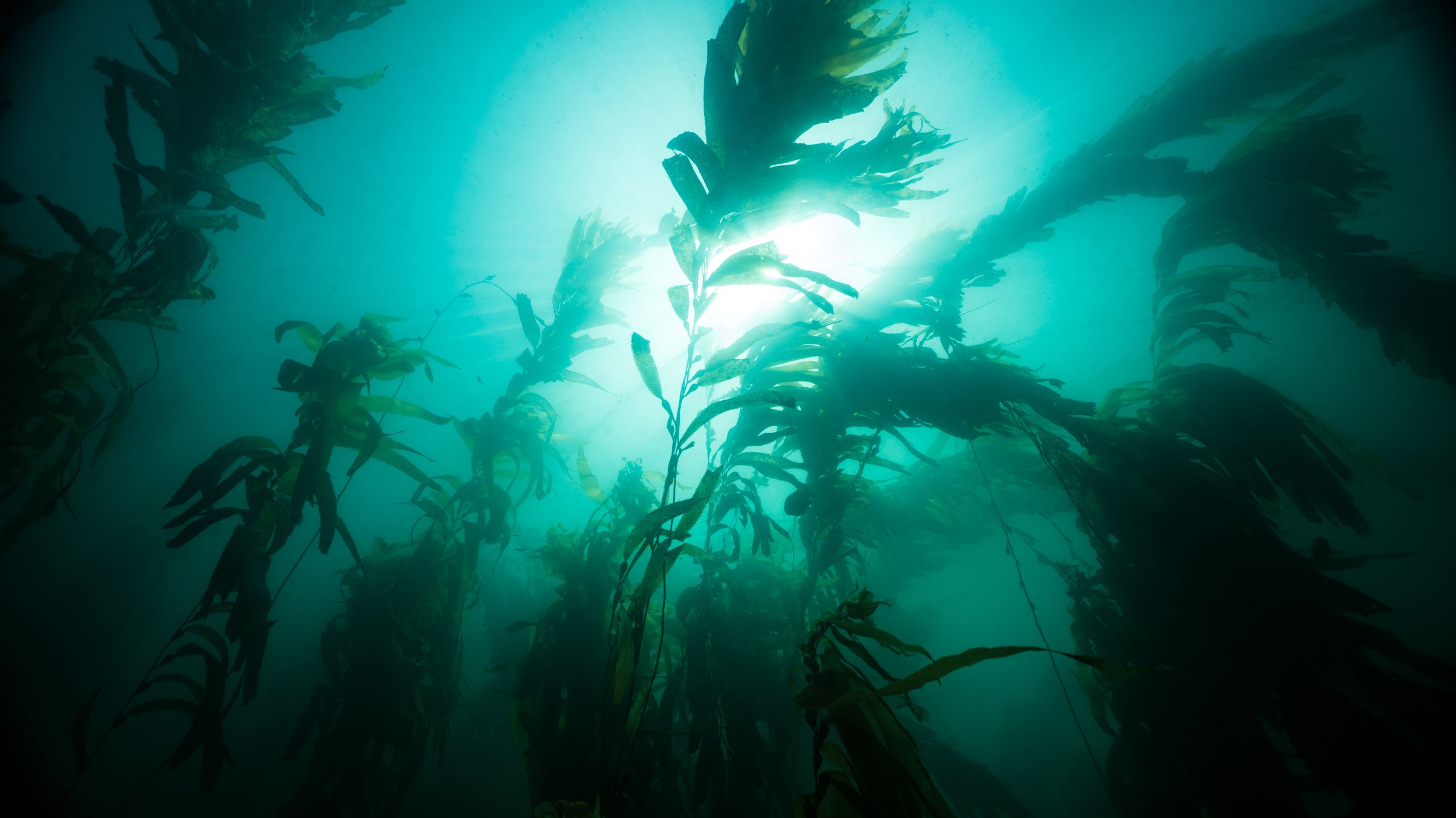
Ghost kelp
Ghost kelp
While it's unclear how humans can mitigate the impact of ocean acidification on ocean life forms in deep waters, in coastal areas there are some promising signs that kelp and seagrass can help oysters adapt, at least on a small scale that could benefit Northwest coastal communities.
Just as forests of trees soak up CO2 via photosynthesis to mitigate climate change on land, scientists with the Puget Sound Restoration Fund1 in Oregon and Washington are studying whether they can use photosynthesis to soak up carbon in seawater to mitigate ocean acidification. Their research focuses on whether multi-acre, fast-growing sugar kelp forests can reduce pH levels in coastal waters enough to keep oysters healthy and provide safe habitat for other marine species. Since Puget Sound waters' pH levels often dip to 7.8 (highly acidic), they are a good testing ground for whether kelp forests will bring pH levels up to more normal levels.
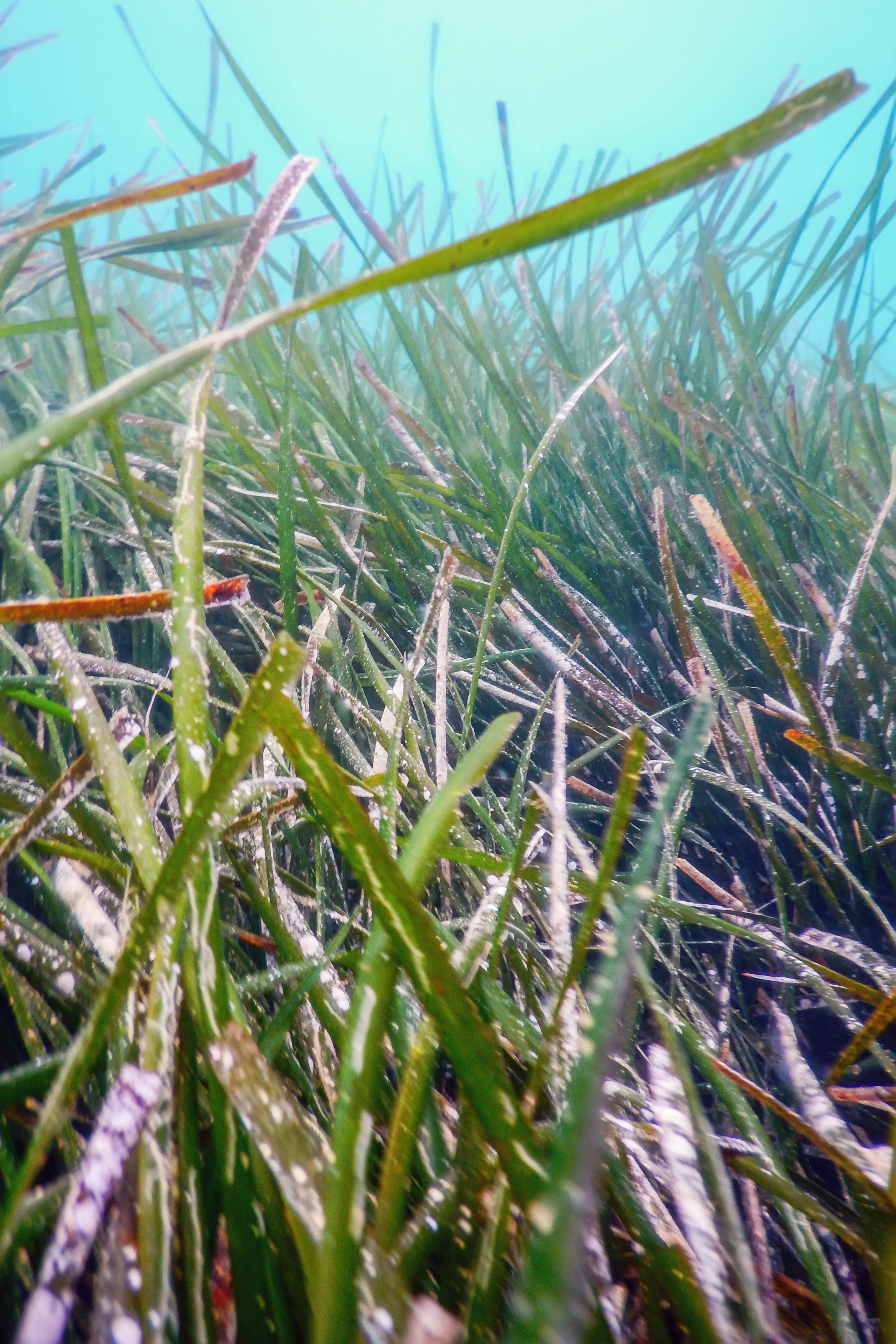
Seagrass
Seagrass
Similarly, researchers in Oregon have discovered that seagrass may be another effective way to keep ocean acidification under control. Seagrass, like kelp, converts carbon to energy through photosynthesis but goes one better: unlike kelp, which must be harvested each year to prevent CO2 from being released back into the ocean, seagrass sequesters and stores carbon long-term in its roots.
While research is ongoing, some promising practical applications have emerged. If you're a Veliger cocktail enthusiast or simply a fan of oysters, you'll be happy to know growing oyster aquaculture beds with seagrass growing around and amongst them produces immediate reductions in seawater pH and, as a result, a healthy oyster harvest and a potential lifeline for coastal communities that have relied on oyster production for generations.
CLIMATE COCKTAIL RECIPE
The Veliger
Glass: Cordial
BATCH - 10 DRINKS In an effort to save resources (ice/energy/water) and your time, batch this recipe, throw it in the freezer for fast party serving and long time enjoyment.
20 oz. Haku vodka
5 oz. Fino sherry
2.5 oz. Blanc vermouth
1.25 oz. Kümmel liqueur
.4 oz. Grapefruit bitters
10 oz. Quality water
Combine all ingredients into a decanter/bottle, seal and place in the freezer.
To serve
Pour 4 oz. into a coupe
Spritz with Peated scotch (Bruichladdich)
Express and discard Lemon peel
Top with edible flower – Borage flower is ideal for cucumber flavor
SINGLE BUILD
2 oz. Haku vodka
1/2 oz. Fino sherry
1/4 oz. Blanc vermouth
1/8 oz. Kümmel liqueur
Dash Grapefruit bitters
To serve
Stir with ice, strain to coupe
Spritz Peated scotch (Bruichladdich)
Express and discard Lemon peel
Top with edible flower garnish – a Borage flower ideal for cucumber flavor
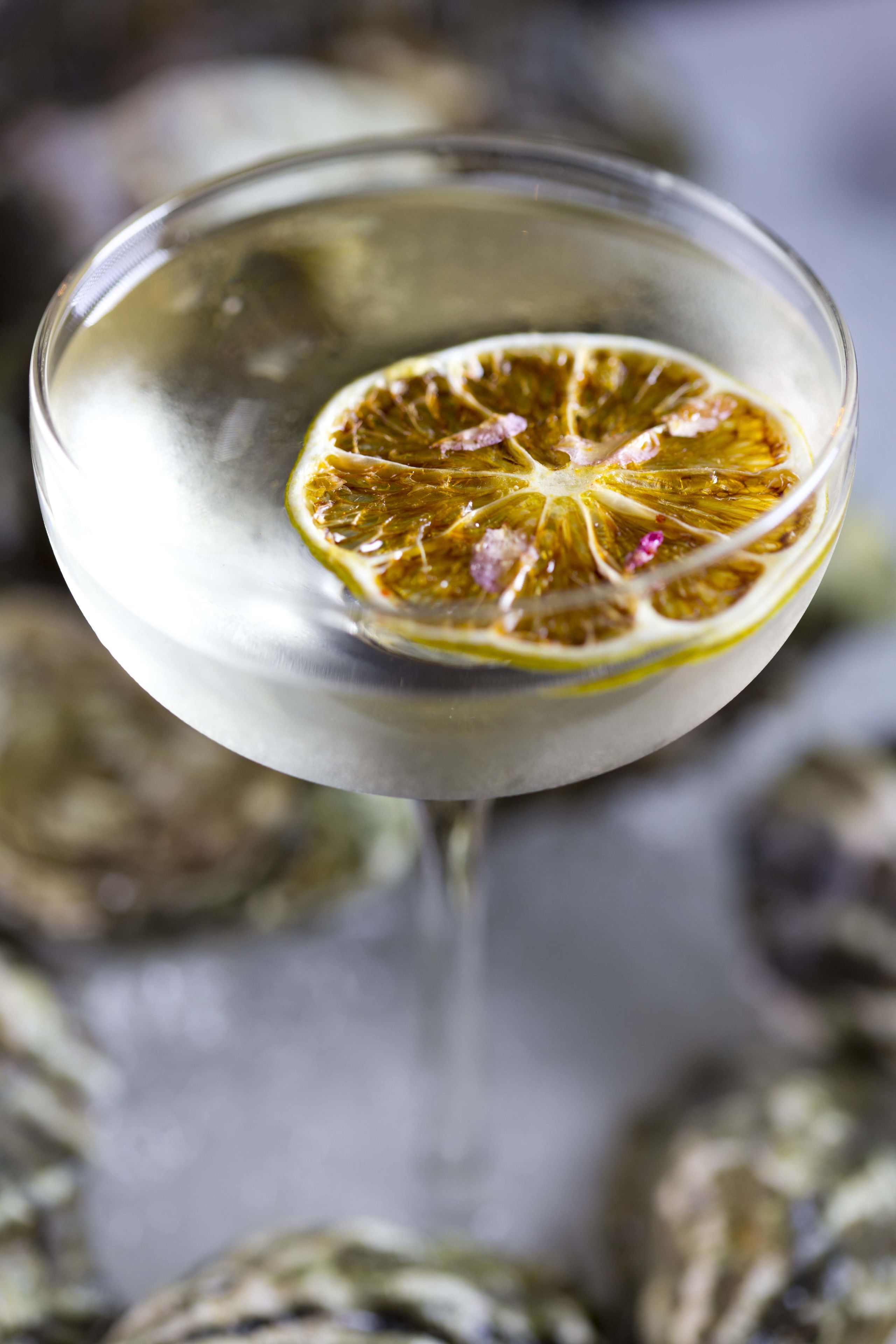
FEATURING
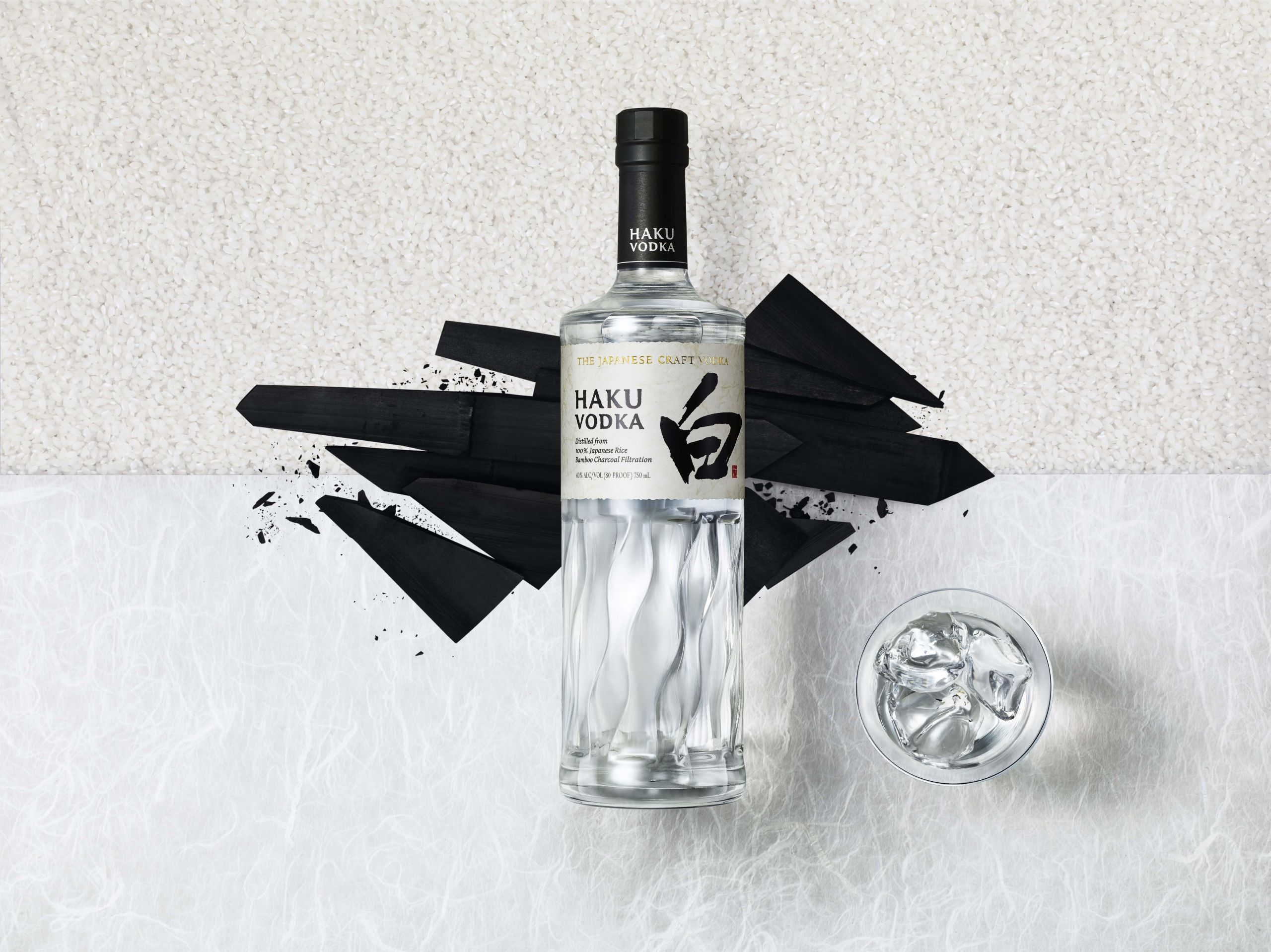
Haku vodka
Haku vodka
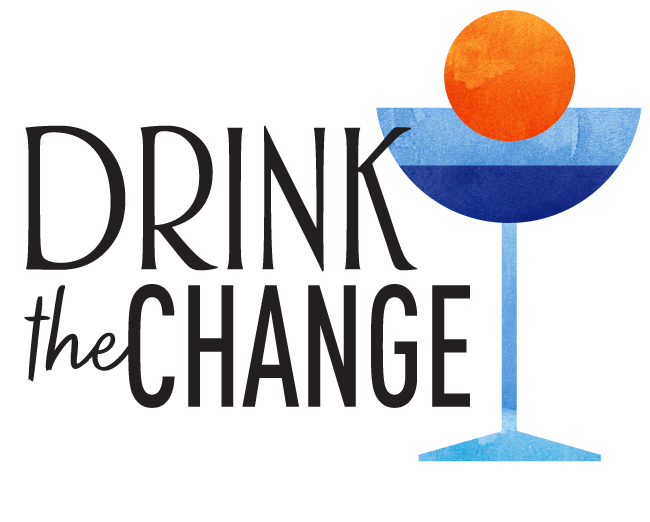
REFERENCES
1 Puget Sound Restoration Fund. Retrieved at https://restorationfund.org/
